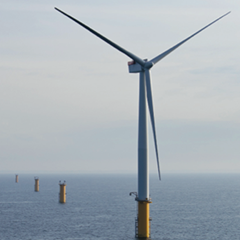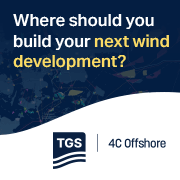An essential part of any wind power executive’s armoury, the IEA’s annual roadmap charts how far the for wind technology has come and, more importantly, where it’s headed. We present an exclusive extract.
There is a pressing need to accelerate the development of advanced energy technologies in order to address the global challenges of clean energy, climate change and sustainable development. To achieve emission reductions envisioned, the IEA has undertaken an effort to develop a series of global technology roadmaps, under international guidance and in close consultation with industry. Thevse technologies are evenly divided among demand-side and supply-side technologies and include several renewable energy roadmaps (www.iea.org/roadmaps/).
The overall aim is to advance global development and uptake of key technologies to limit global mean temperature increase to 2 degrees Celsius (°C) in the long term. The roadmaps will enable governments and industry and financial partners to identify steps needed and implement measures to accelerate required technology development and uptake.
The roadmaps take a long-term view, but highlight in particular the key actions that need to be taken by different stakeholders in the next five to ten years to reach their goals. This is because the actions undertaken within the next decade will be critical to achieve long-term emission reductions. Existing conventional plants together with those under construction lead to a lock-in of CO2 emissions as they will be operating for decades. According to the IEA Energy Technology Perspectives 2012 (ETP 2012), early retirement of 850 GW of existing coal capacity would be required to reach the goal of limiting climate change to 2°C. Therefore, it is crucial to build up low-carbon energy supply today.
This roadmap thus identifies actions and time frames to achieve the higher wind deployment needed for targeted global emission reductions. In some markets, certain actions will already have been taken, or will be underway. Many countries, particularly in emerging regions, are only just beginning to develop wind energy. Accordingly, milestone dates should be considered as indicative of urgency, rather than as absolutes. Individual countries will have to choose what to prioritise in the rather comprehensive action lists, based on their mix of energy and industrial policies.
























